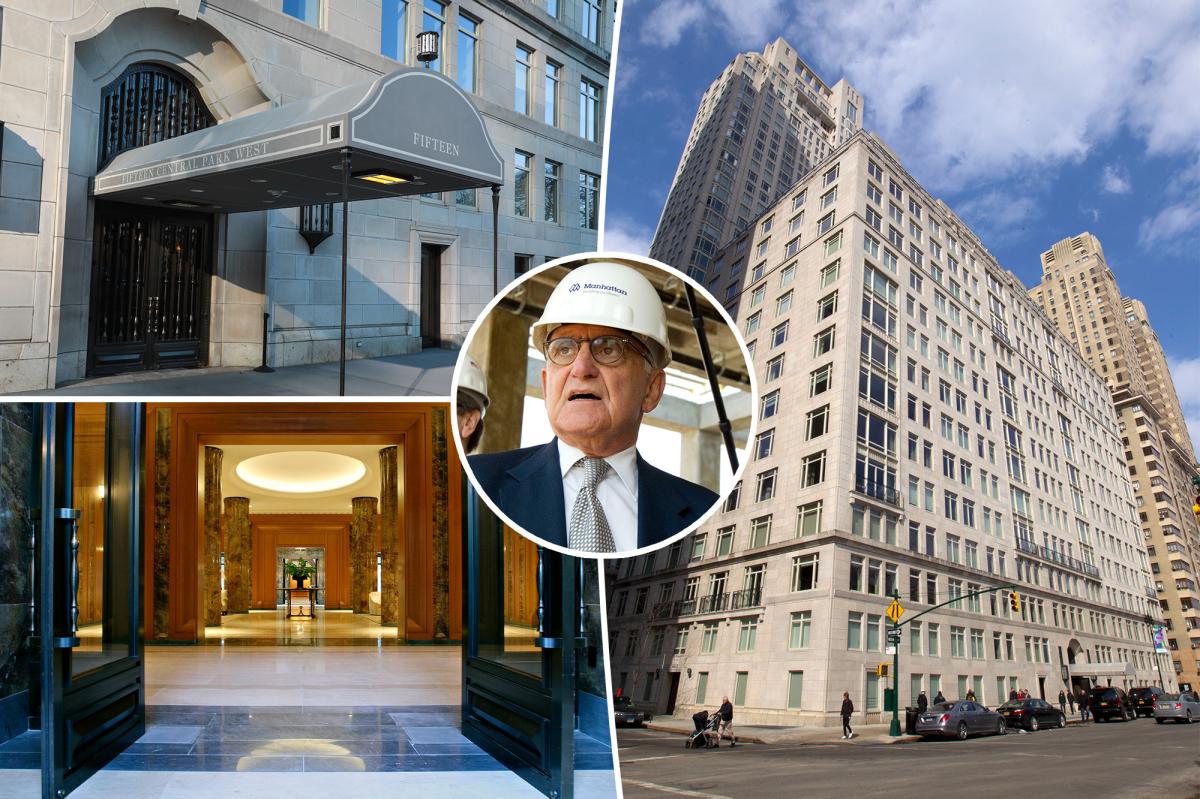R
ochester’s retail scene is reinventing itself through creative reuse and neighborhood‑focused spaces. Buckingham Properties’ Grove, a mixed‑use development on the old Midtown Plaza site, showcases this downtown transformation. CBRE reports a growing appetite for outparcel and food‑service projects. With limited new construction, vacancy rates remain stable, preventing market oversupply. This trend reflects a broader shift toward experiential retail, where consumers seek engaging environments that blend shopping, dining, and social interaction.
Ken Glazer, CEO of Buckingham Properties, notes that five years after COVID’s devastation, people are eager to return to in‑person experiences. He says the demand for well‑located, thoughtfully designed retail has surged in Rochester. Glazer emphasizes that retail assets must evolve with community needs or risk becoming obsolete, making reinvention essential for long‑term success. This approach not only attracts tenants but also revitalizes downtown corridors, fostering economic resilience for all.
Glazer highlights The Grove as a prime example. The project combines luxury residences, modern office space, and ground‑floor retail in Tower280 and 260 East Broad, linked by a shared courtyard. The area hosts events like The Lucky Flea market and tenants such as Patron Saint and Unwine’d, creating a dynamic hub that draws new crowds and injects fresh energy into Rochester’s heart for shoppers, workers, and community members alike daily.
Leasing The Grove’s early phase proved challenging. Glazer explains that while established destinations can almost self‑lease, new projects require selling a vision. He sought tenants with imagination and confidence in the area’s potential, and now those early investments are paying off as The Grove blossoms into the vibrant hub he envisioned. This success demonstrates how visionary development can transform a once‑idle space into a thriving community asset for Rochester’s future.
Industry peers echo this adaptive spirit. Courtney Janto of CBRE Upstate NY notes that Rochester, as a secondary market, often lags national trends by a few months but still reflects them. She cites rising demand for outparcel and food‑service sites, driven by retailers’ need for flexible spaces that support e‑commerce pickups and returns. Limited construction keeps vacancy rates low, preventing overbuilding and allowing space from closures to re‑enter the market.
Store closures, whether from bankruptships or strategic downsizing, release valuable square footage. In well‑positioned centers, a vacancy can become an opportunity for a fresh tenant; in weaker plazas, it may force owners to rethink the space’s purpose. Janto warns that a tipping‑point center might need conversion to non‑retail uses to maintain viability, underscoring the importance of flexibility in Rochester’s evolving retail ecosystem for developers, investors, and community stakeholders alike today.













